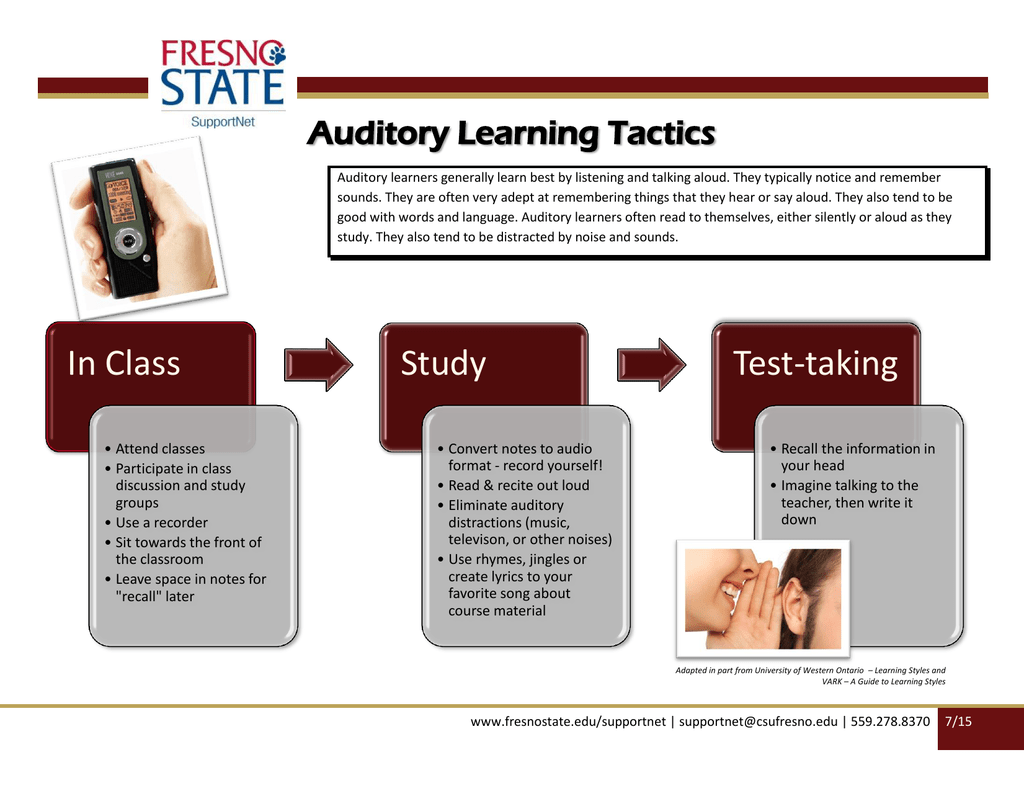
Studies of body language usually fall within the scope of fields such as social psychology, while investigations of the mechanical nature of head and body movements are common in the fields of kinesiology, physical therapy, occupational therapy, and exercise science. Finally, it is still to be determined the best methods for harnessing that information and translating to improve hearing quality. Currently however, very little is known about the connection between the kinesthetics of head movement and the communicative goals of the listener or how individual differences influence these types of behavioral movements. Importantly, this approach avoids the need for explicit input from the listener via an interface like a mobile phone or remote control. With the inclusion of inertial sensors (e.g., accelerometers or gyroscopes) in modern premium hearing aids, the devices are now capable of monitoring not just the acoustic environment but also the physical interaction of the listener with that environment ( Fabry and Bhowmik, 2021 Rahme et al., 2021). For example, with knowledge of the behavioral patterns of an individual during active auditory and non-auditory activities, devices have the potential to anticipate whether a listener is engaged and participating in a conversation, and then adjust appropriately to the dynamics of head-movements and turn-taking patterns. Due to the costs associated with additional tests in the clinic, there is a greater appetite for applications of “smart” technology that can learn functional characteristics of the individual wearer and adapt accordingly ( Skoglund et al., 2022).

From the clinician’s perspective, there is still much unknown regarding the interaction of individual differences, other than what can be easily gleaned from basic audiological assessments. In recent years, more attention has been paid toward individual variability in auditory perceptual abilities with the expectation that tailored approaches resulting from “precision audiology” will improve hearing health outcomes ( Sanchez-Lopez et al., 2020). Sensors that capture non-auditory cues such as head movements have the potential to provide a direct connection between the hearing device and aspects of listener-intention to automatically supplement device-processing and ensure a more productive listening experience. This approach, however, necessarily relies on many assumptions, leading to an inherent disconnect between device output and the intention of the user. Current hearing aid technologies typically rely on acoustic cues alone to determine which sound-features to amplify and which to suppress or modify ( Ricketts et al., 2017). Prosthetic hearing devices, are also uniquely positioned to capture key kinesthetic information due to their location on the head, providing great potential for capturing user intention based on head-movement as a listener interacts with the acoustic environment. Hearing aids and other assistive listening devices are on the cusp of major innovative leaps due to technical advances in machine learning, power sources, microchip miniaturization, increased capacity for online signal processing, and translational advances in the fields of auditory and cognitive neuroscience. The purpose of this review is to introduce the wider hearing community to the kinesiology of head movement and to place it in the context of hearing and communication with the goal of expanding the field of ecologically-specific listener behavior.
Auditory learner strategies full#
Better understanding of the relationships between head movement, full body kinetics, and hearing health, should lead to improved signal processing strategies across a range of assistive and augmented hearing devices. Increasing evidence also shows that the negative impact of hearing deficits on mobility, gait, and balance may be mitigated by prosthetic hearing device intervention.

The connection between hearing science and the kinesthetics of head movement has gained interest due to technological advances that have increased the feasibility of providing behavioral and biological feedback to assistive listening devices that can interpret movement patterns that reflect listening intent. Head position at any point in time plays a fundamental role in shaping the auditory information that reaches a listener, information that continuously changes as the head moves and reorients to different listening situations. 2School of Aging Studies, University of South Florida, Tampa, FL, United States.1Department of Communication Sciences and Disorders, University of South Florida, Tampa, FL, United States.


 0 kommentar(er)
0 kommentar(er)
